
Pick the Pollinator Answers
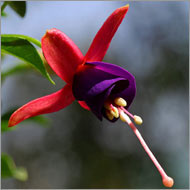


|
|
Hardy fuchsia: hummingbird
The hardy fuchsia is adapted for hummingbird pollination
in a variety of ways. The bird is drawn to its red
sepals, and the positioning of its pendulous flowers
allows the bird, which can consume more than its body
weight in food each day, to hover easily in place while
drinking the flowers' ample nectar. Pollen rubs off onto
the bird's head as it feeds and is thereby transported
from flower to flower.
|
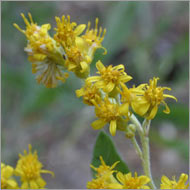


|
|
Canada goldenrod: western honeybee
The honeybee is one of the goldenrod's best customers,
collecting its pollen for protein and its nectar in
order to produce honey (a sweet treat that doubles as an
antibacterial agent). The goldenrod's flowers have
adapted through time to attract pollinators both
visually and through food offerings, hence their bright
yellow petals and abundant pollen and nectar supplies.
The goldenrod's pollen sticks to the bee's body, moving
with it from flower to flower and leading to
pollination.
|
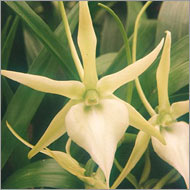

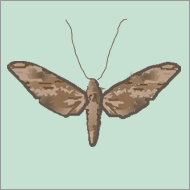
|
|
Comet orchid: Morgan's sphinx moth
When Charles Darwin studied this orchid and its
10-to-12-inch nectar tube in the 19th century, he
theorized that somewhere in the flower's native
Madagascar must exist a pollinator that has evolved a
proboscis of similar length. And, indeed, several
decades after Darwin's death researchers discovered this
rare species of the Morgan's sphinx moth with its
exceptionally long proboscis.
|
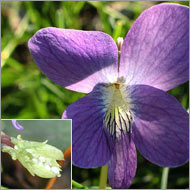


|
|
Common blue violet: common blue violet
The common blue violet will sometimes form tiny,
inconspicuous flowers that look simply like buds that
haven't bloomed. These flowers are being pollinated, but
through self-pollination! The pollen travels from
the stamen down into the flower's own ovary. In the
instances at left, the violet flowers gain the benefits
of genetic diversity via insect pollination as well as
of being able to grow outside of insect pollinators'
range via self-pollination. Note the seeds in the
self-pollinating "bud."
|


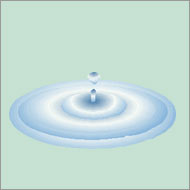
|
|
Wild celery: water
Wild celery grows in aquatic environments and has
adapted over time to use water to its reproductive
advantage. This species disperses little pollen "boats"
that float around until they hit the stigmas on female
flowers of other wild celery plants. (The stigma is the
sticky section of a flower that receives pollen.)
|


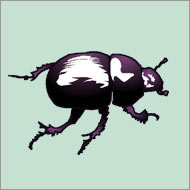
|
|
Sumatran corpse flower: carrion beetle
Carrion beetles as well as a variety of other carrion
insects are so attracted to this odorous plant that they
will crawl or fly inside in search of excrement or
decomposing flesh. The spadix (the large object seen
here protruding from the plant) is the source of the
smell and is also covered in the plant's pollen, which
the pollinators unknowingly carry to other plants of the
species as they continue their search for food.
|
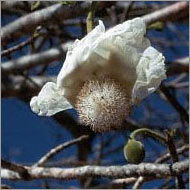


|
|
African baobab: rousette fruit bat
Much like the hummingbird, the fruit bat prefers
pendulous flowers so that it can fly in place while
feeding. Because the nocturnal rousette fruit bat uses
echolocation more than visual cues in finding flowers,
these flowers had no need to evolve bright, colorful
petals.
|
|


We recommend you visit the
interactive version. The text to the left is provided for printing purposes.
|


|
|
First Flower Home |
Send Feedback |
Image Credits
|
Support NOVA
|
© | Created
March 2007
|
|
















